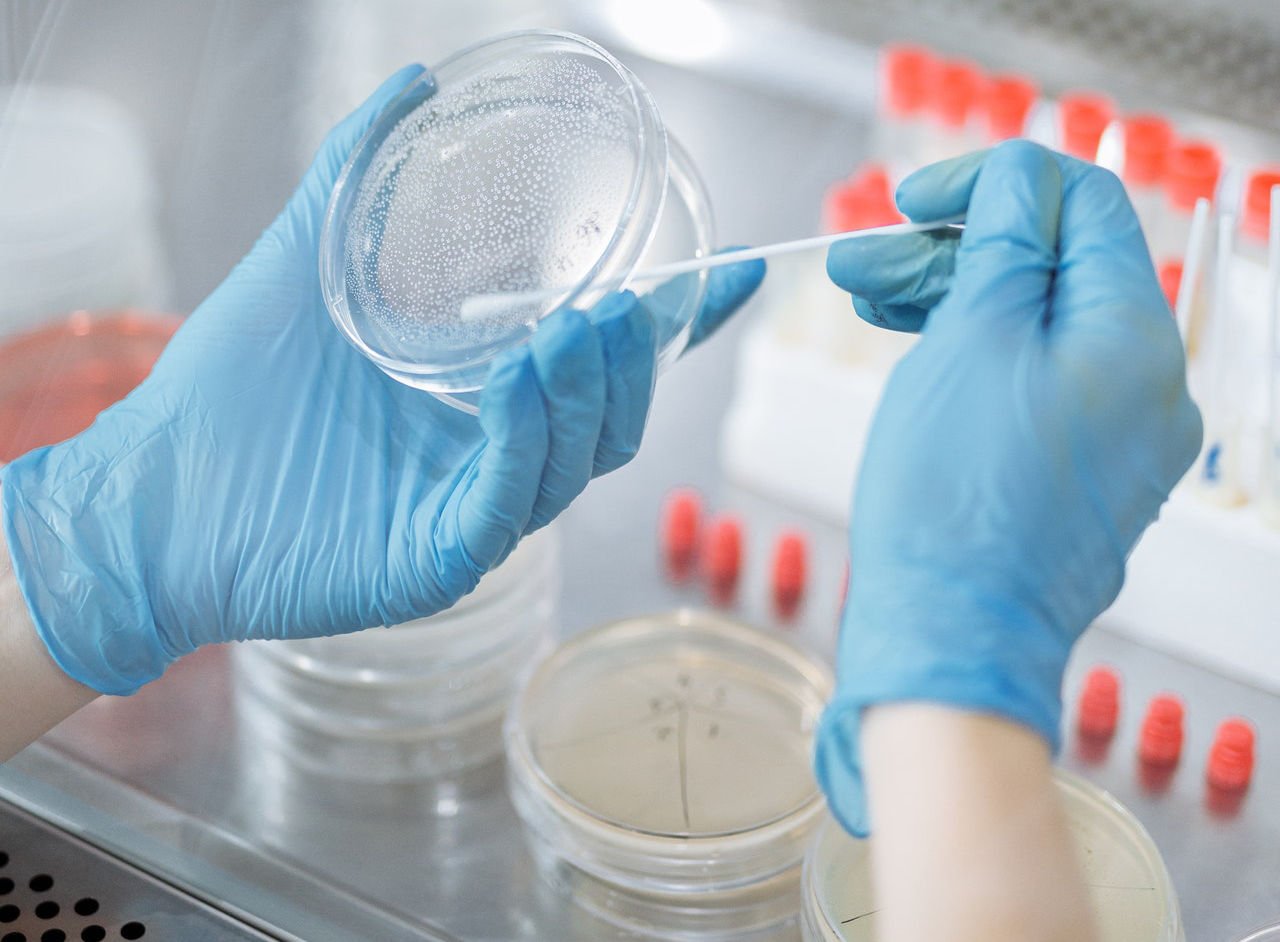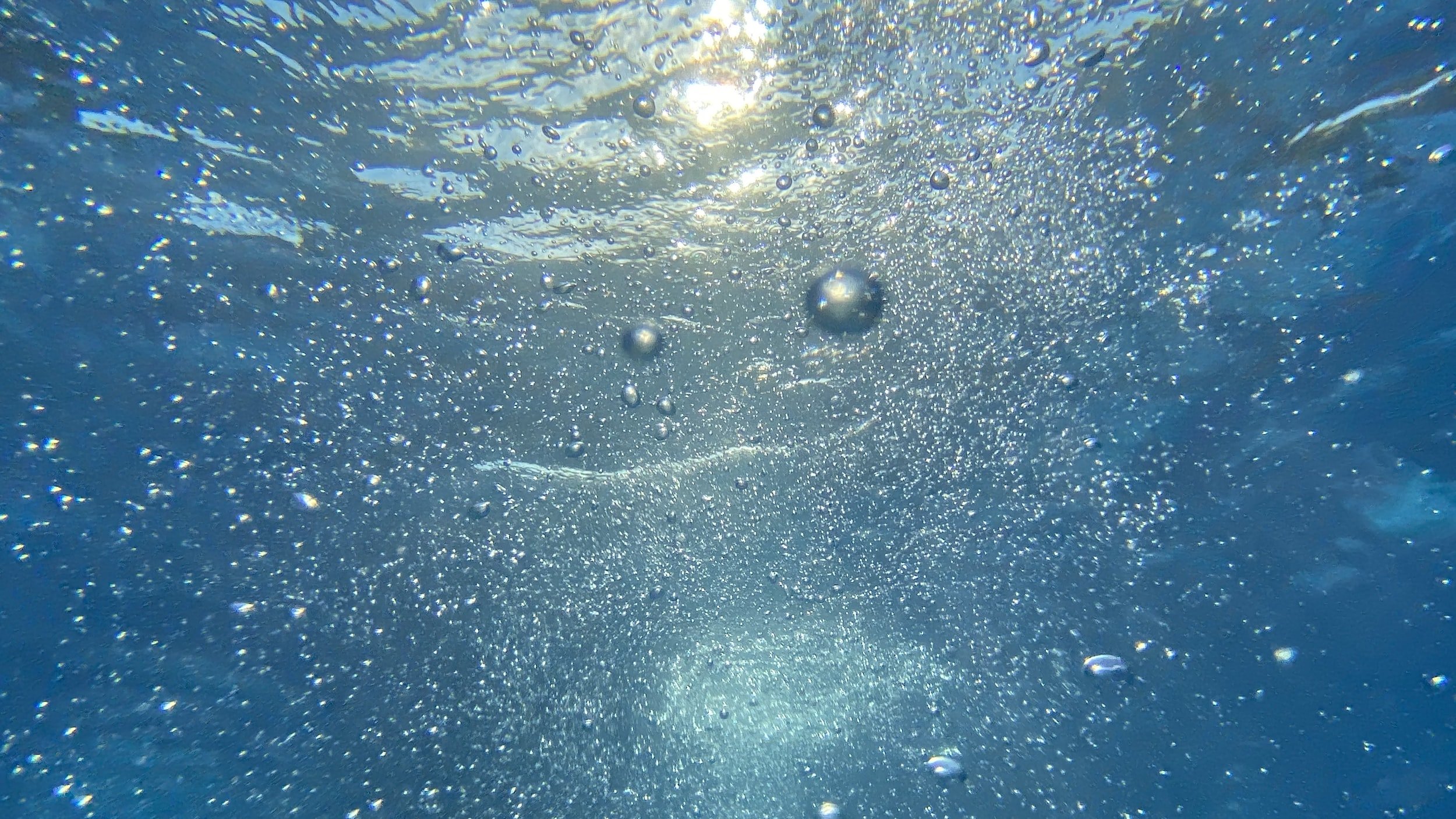
Legionella Water Testing
& Analysis
Legionella & Legionnaires’ Disease
Legionella bacteria can be found in natural environments including ponds, rivers and lakes. Legionnaires’ disease growth and the bacteria can also be found in small amounts within the mains of a water supply. Where there is water and the conditions of creating contaminated water droplets (aerosols), people using or within the area of these services may be at risk. It is this bacteria found in the water supply which is the cause of Legionnaires’ disease.
Legionnaires’ disease is a form of pneumonia, which can be fatal. The most at risk are the very old and the very young, the ill and smokers to name a few. Legionella bacteria can also cause other, less harmful illnesses such as Pontiac fever and Lochgoilhead fever, which can affect all people. The main route of infection is through inhalation, by inhaling airborne water droplets that contain Legionella. It cannot be spread from person to person. The majority of cases or outbreaks of Legionnaires’ disease have been via domestic water services, evaporative cooling towers, and spa pools.
Conditions and contributing factors to Legionnaires’ disease growth include:
Temperatures between 20-45°C
Available nutrients (including sediment, biofilm, algae, scale, rust, material, etc.)
Presence of biofilm on surfaces of water
Poor or inadequate management including training and awareness
Legionella Water Testing
C&M Water is a water hygiene and legionella risk assessment company that specializes in Legionella services to control the spread and risk of Legionnaires’ disease. These services include:
An initial ACOP l8 risk assessment
Legionella testing
Water tank cleaning
Legionella remedial services
Water monitoring/Remote monitoring
Chlorination services
All our water sampling is done in accordance with the British Standards BS7592 and HSE guidelines to ensure the most accurate results possible.

Water Testing for Legionella Bacteria
The presence of Legionella bacteria growing within your water system can result in serious illness including Legionnaires disease which in certain cases can be fatal. It is therefore vital to mitigate against this risk by regularly testing your water systems.
Legionella bacteria analysis and legionella water testing is undertaken by obtaining a water sample, in a sterilized bottle (with sodium thiosulphate) for an accurate reading, which is then taken back to our laboratory for quick analysis and fast results.
For accurate results, the water samples must be taken at the right points within the water system and you need to know where to take those Legionella samples from. This means understanding your water system’s design and risk areas. You should also only ever use one sterilized bottle per outlet to avoid mixing samples from two different points.
The laboratory will identify the presence or absence of Legionella in the water sample collected, along with the bacterial count and Legionella species present.
If you are not sure what to do to meet your cold water systems’ legal requirements, then contact us today for specialist Legionella bacteria testing guidance.
How often should water be tested for Legionella
HSE guidelines state that “water samples should be analysed for Legionella periodically to demonstrate that bacteria counts are acceptable.”
Its also important to understand that Legionella risk testing is not a replacement for a full risk assessment but should be used in conjunction with a risk assessment and other legionella control measures.
The HSE also states within the HSG274 pt2 legionella bacteria testing “should be carried out where there is doubt about the efficacy of the control regime or it is known that recommended temperatures, disinfectant concentrations or other precautions are not being consistently achieved throughout the system.” A full risk assessment would also identify if there is a need for water samples to be taken.
Legionella Water Testing In both hot and cold water systems, samples should be taken:
As identified by the cold water risk assessment;
from areas where the target control parameters are not met (i.e. where disinfectant levels are low or where cold water temperatures are below 50°C (55°C in healthcare premises) for HWS or exceed 20°C for cold water systems);
from areas with legionella risks that are subject to low usage, stagnation, excess storage capacity, dead legs, excessive heat loss, cross-flow from water system, or other anomalies.
Legionella Water Testing In cold water systems, samples should also be taken as required:
from the point of entry (or nearest outlet) if the water is supplied from a private water supply or where the temperature of the incoming mains supply is above 20°C from the cold water storage tank or tanks;
from the furthest and nearest outlet on each branch of the system (far and near sentinel outlets).
Legionella Water Testing In hot water systems, samples should be taken as required:
from the calorifier hot water outlet and from the base of the calorifier, if it is safe to do so, as some systems are under considerable pressure;
from the furthest and nearest outlet on each branch of a single pipe system (far and near sentinel outlets);
from the furthest and nearest outlet on each loop of a circulating system (far and near sentinel outlets).
Water Quality and Testing
Regular water sampling is the most effective way to determine water quality and test for the presence of legionella bacteria in your water system. Without testing the water, you are unable to identify water quality and therefore you are unable to determine whether your water management and legionella control is sufficient. With periodic legionella tests, you are able to demonstrate that your water management and legionella control procedures are suitable and the water in your water system is fit for purpose.
All our water samples are tested in UKAS accredited laboratories as standard and we are able to carry out tests on a wide range of microbiological samples and chemical testing services. Below are just some of the water systems that we can test for Legionella:
Drinking water (including water dispensers and coffee machines)
Hot and cold water systems
Coldwater storage tanks
Hot water cylinders
Water heaters
Dental units
Swimming pools
Spa baths
Cooling towers
Eye showers
Eyewash units
Water fountains
Vending machines
Closed water systems
Legionella Water Testing FAQs
-
Legionella testing is not compulsory. The HSE’s Approved Code of Practice (ACoP L8) HSG 274, states that you are currently legally required to undertake a legionella risk assessment, but not water testing. However, the HSG 274 also confirms that the assessment may require or request that samples are taken for a variety of reasons and is recommended as part of your control measures.
-
No, these are not the same thing and offer different benefits as part of an overall legionella control strategy. An L8 risk assessment is a legal requirement and helps to identify areas that pose a risk of legionella growth. Whereas legionella water testing is not a legal requirement but is the only way to detect the presence of legionella in the water system and therefore, plays a crucial role in legionella control. They are two different services for different purposes. Without a legionella risks assessment, legionella testing is carried out without the necessary information to undertake to test accurately.
-
Legionella water testing takes 14 days, this allows the bacteria to be cultivated and meet requirements set in place by UKAS for the correct bacteria testing conditions. Once the testing is completed the reports are produced by our team thereafter. Results are sent as soon as they become available and have been reviewed.
-
No, landlords must undertake a legionella risks assessment in line with the Health and Safety at Work Act 1974. However, as guidelines state for commercial properties, legionella water testing is recommended to determine legionella presents or as recommended by the legionella risks assessment, which is required.
-
A legionella certificate is a phrase that is used regularly but it has little meaning. You are required to have a risks assessment in line with the Legionella Control Association Health and Safety at Work Act 1974, COSHH, Public Health England Management of Health and Safety at Work Act to name a few. This risks assessment is a live document that should be required periodically as required by law & the guidelines used to state an assessment was required every two years. After a legionella risks assessment, you should be issued with a risks assessment report, and after a legionella test, you should be issued with a legionella test sample report. Legionella is a bacteria that must be managed continuously, and therefore a one-off certificate is insufficient to prove compliance and control of the bacteria.
-
Generally no. In order to test for and control legionella growth, you will need experience in growing bacteria in laboratory conditions to specific standards for accurate results.
-
If you are not making money from your property, e.g. letting a property, then the answer is no. There is currently no law to undertake legionella water testing in private domestic properties. However, if you provide accommodation or let a property then you are required to ensure you meet all Health and Safety at Work Act 1974.

